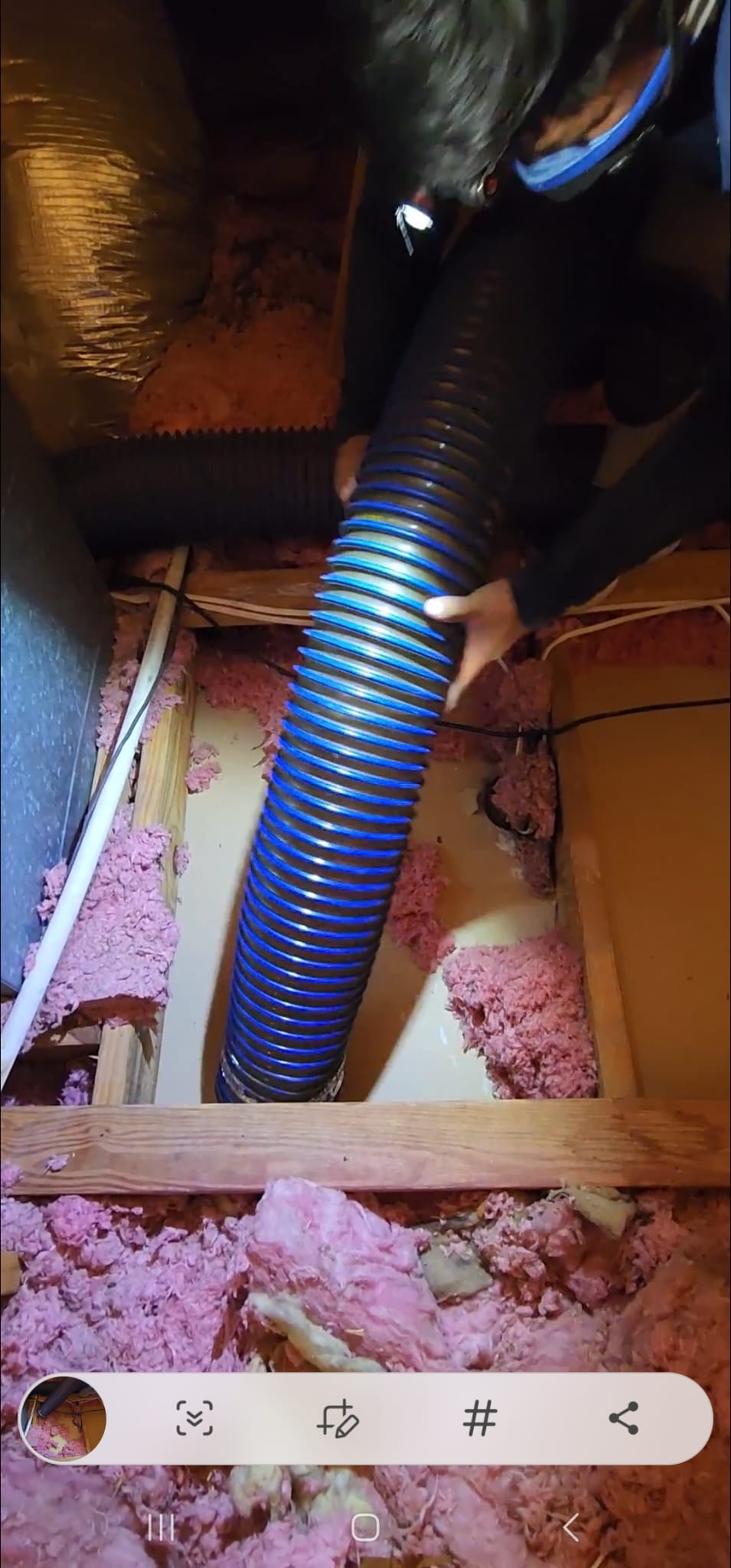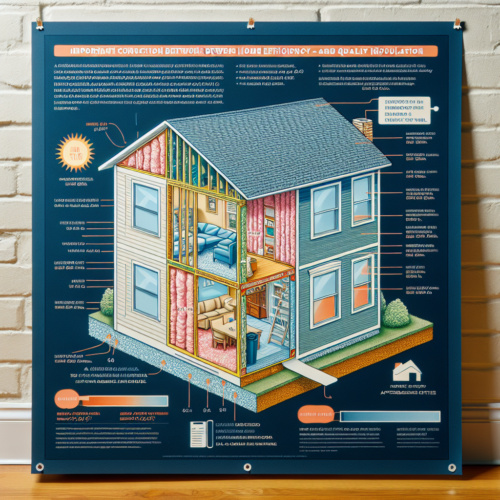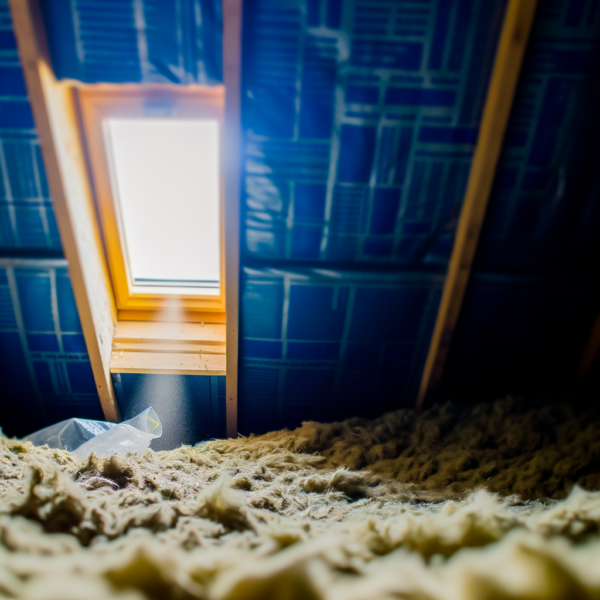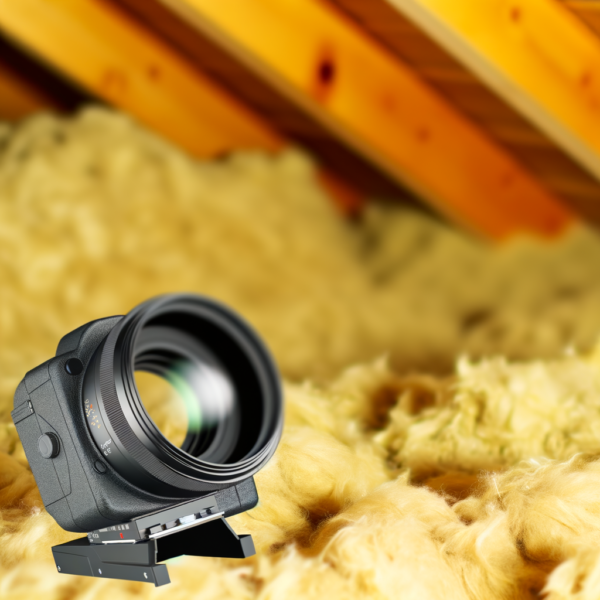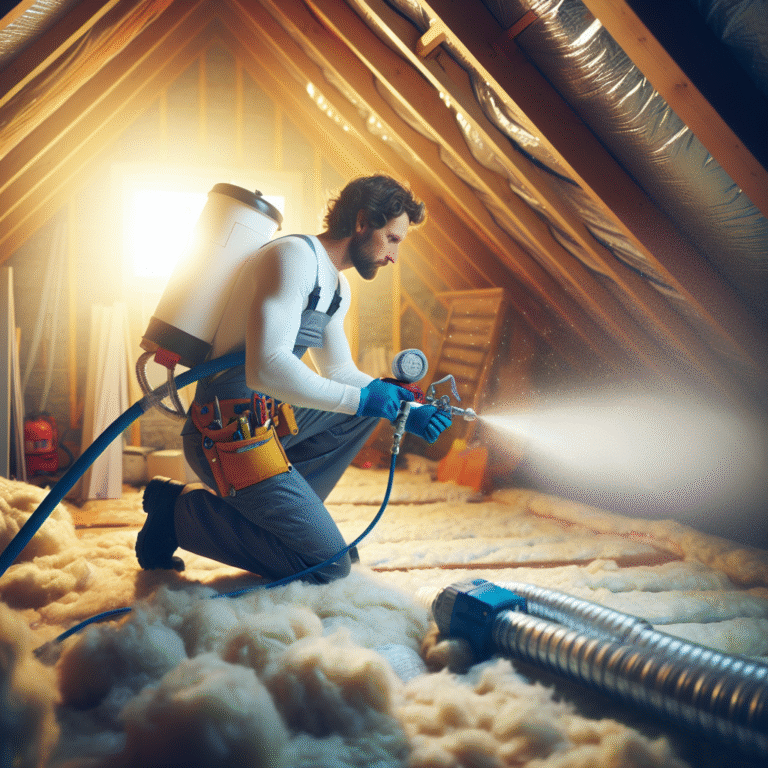The Ultimate Guide to Blown-In Insulation for Homes
Table of Contents
- Introduction
- What is Blown-In Insulation?
- Benefits of Blown-In Insulation
- Types of Blown-In Insulation
- Installation Guide
- Costs and Savings
- Maintenance Tips
- FAQ Section
- Conclusion & CTA
Introduction
When seeking effective ways to increase the energy efficiency of your home, opting for blown-in insulation proves to be a profoundly strategic choice. This guide delves into the nuances of blown-in insulation, showcasing its benefits and vital role in home energy management.
What is Blown-In Insulation?
Blown-in insulation, also known as loose-fill insulation, involves blowing or spraying insulation material into wall cavities, attics, and floors. This type of insulation is made from various materials, including fiberglass, cellulose, and mineral wool, offering flexibility in application and excellent coverage, especially in hard-to-reach areas.
Benefits of Blown-In Insulation
- Enhanced energy efficiency: Reduces the loss of heat in winters and keeps your home cooler in summers.
- Improved home comfort: Helps maintain a consistent temperature throughout the home.
- Noise reduction: Acts as a sound barrier to outside noise and between different rooms and floors within the home.
- Environmentally friendly options: Particularly with cellulose material, which is often made from recycled paper.
Types of Blown-In Insulation
Blown-in insulation is available in three main types: fiberglass, cellulose, and mineral wool. Each has unique properties and benefits, such as fiberglass being non-combustible, cellulose offering better soundproofing, and mineral wool being highly fire-resistant.
Installation Guide
Preparation
Begin by inspecting the area for any existing insulation and clear out any debris. Ensure no gaps or leaks in the space where the insulation will be applied.
Execution
Using specialized machinery, a professional installer will blow the insulation into the designated spaces. The process is quick, typically completed within a few hours for an average-sized home.
Finishing Touches
after installation, a review of the coverage area will ensure no spots have been missed and that a uniform layer of insulation is present.
Costs and Savings
While the initial investment for blown-in insulation can vary based on materials and home size, the long-term savings on energy bills make it a cost-effective solution. Most homeowners see a return on their investment within a few years through reduced heating and cooling costs.
Maintenance Tips
To ensure optimal performance, periodically check for any settling or compaction of the insulation. Additional insulation may need to be added if settling occurs over time.
FAQ Section
Q: What are the key benefits of blown-in insulation?
A: Blown-in insulation offers superior energy efficiency, noise reduction, and is adaptive to odd-shaped spaces and obstacles.
Q: Is blown-in insulation eco-friendly?
A: Yes, particularly cellulose insulation, which is made from up to 85% recycled paper and is treated with non-toxic borate compounds for fire resistance.
Q: How often should blown-in insulation be checked or replaced?
A: It is recommended to check your insulation biennially (every two years), with replacements or supplements as needed based on the inspection results.




